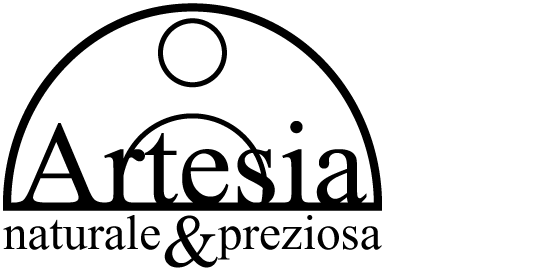Slate
Artesia stones are among the most demanded on the market, scrupulously extracted and selected all over the world. Among these, slate stone is undoubtedly one of the prettiest.
Metamorphic, natural, genuine. Slate is the stone that adapts perfectly to every use and occasion.
Let’s see what is it that makes this natural stone so special. Read more below.
Slate rock
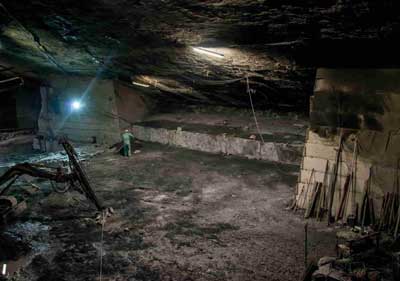 Anyone who went to school as a child has indelibly imprinted in his memory the most characterizing element of the classrooms, the one that could never be missing: The blackboard, that wide dark surface punctually accompanied by a box of white chalks.
Anyone who went to school as a child has indelibly imprinted in his memory the most characterizing element of the classrooms, the one that could never be missing: The blackboard, that wide dark surface punctually accompanied by a box of white chalks.
But did you know what material the board is made of?
Well yes, the rock used to produce the blackboard it is slate.
But let’s get a bit more into the details. What’s this material all about?
Slate is a characteristic natural black stone, whose meaning has French origins and derives from the term "esclat", meaning split piece, splinter.
Slate is mostly used to decorate outdoor environments, as a furnishing component or as a sophisticated design element.
It’s important to highlight that slate is a highly versatile material. In fact, it’s no coincidence that the typical billiard table found in every game room is obtained from the slate slabs: a smooth slate slab, but at the same time thick and sturdy, which acts as a springboard for the game. So resistant and elastic to allow the bouncing of any game ball.
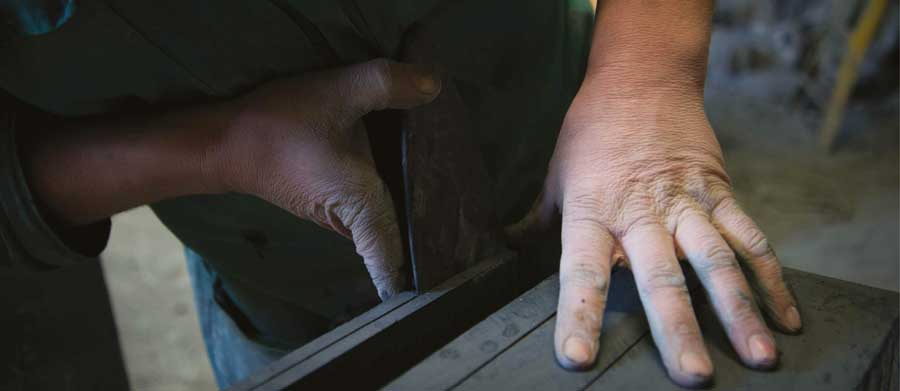
How is slate formed
Slate derives from a rock!
Heat, pressure, and chemical reactions may change either igneous or sedimentary rock into metamorphic rock, meaning “changed in form,” usually into a more compact and crystalline condition, and even metamorphic rocks may be further altered to higher ranks of metamorphism.
Slate is a fine-grained, foliated metamorphic rock, that is created via the alteration of shale or mud stone through the process of low-grade local metamorphism.
During its formation it is subjected to invasive tectonic compression, which gradually leads it to develop unique and valuable characteristics that we will explain below.
Keep reading!
Types and colors of slate
The most typical slate color is the one that recalls the shades of dark gray with few lighter reflections. That’s what we call a "slate gray" colour in everyday language.
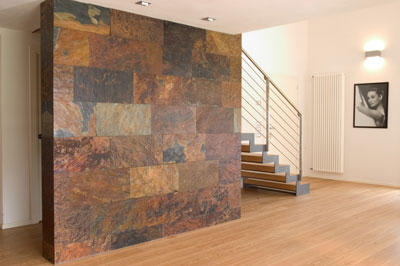
A slate color inherent in the origins of the stone, since it depends on the composition of the soil in which the extraction takes place.
Nevertheless, slate's color varies in nature and can be gray, blue, greenish-gray, dark red, black, tan, and even purplish-gray. All slate colors that easily adapt to any environment, making it special and elegant.
Most often, slate is characterized by a medium-dark gray with hints of blue. But the most precious colour, however, is slate black, a timeless and spaceless colour that never goes out of fashion.
Moving forward, slate texture represents a unique piece of craftsmanship, which recalls the naturalness of the slate color.
The Brazilian slate, on the other hand, is the most peculiar one, made up of several colors. Coming from Brazil, as the name suggests, it is especially resistant to atmospheric precipitation and aesthetically very refined.
It’s evident that slate comes in different types, and often these change depending on the desired finish.
There is slate with a black polished finish, slate with a brushed finish and slate with a natural sweep. All different types and processing techniques that can be destined, for example, to the construction of a bathroom or a kitchen, completely suitable for both the classic style and the more modern one.
Where is slate found
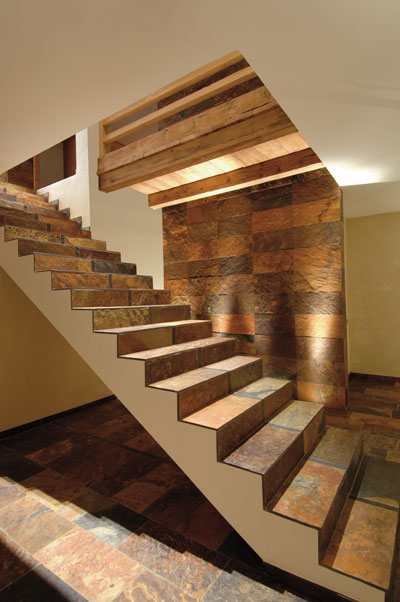 Here are some facts abut where can slate be found:
Here are some facts abut where can slate be found:
- In Europe, most slate is mined in Spain.
- It is also mined in the United Kingdom, and parts of France, Italy, and Portugal.
- Brazil is the second-biggest producer of slate.
- In the Americas, it’s also found in Newfoundland, Pennsylvania, New York, Vermont, Maine, and Virginia.
- China, Australia, and the Arctic also have large reserves of slate.
The only place in Italy where slate is extracted since remote times is Liguria in Italy.
Some slate quarries can also be found in Sardinia, Tuscany, Trieste and near Naples.
Slate sizes
Depending on the style of the slates installed, you may see size variations that are the result of the manufacturing process.
The typical length for a slate is between 10 inches and 24 inches. The length of the slate determines the amount of exposure. It also affects the cost in different ways. Shorter lengths mean more slates per square, which increases the labour cost for installation.
Longer slates are more difficult to make, which increases their cost of manufacture.
Slates are available in single and random widths. Single-width slates are all the same width, from half the slate's length to 14 inches, although you may see exceptions. Single-width slate should be obvious immediately; vertical joints align in every other course.
Random-width slates vary in width, but most will be about two-thirds of the slate's length. A smaller percentage will be of larger widths. If you’re looking at a roof with many joints that don’t align at alternate courses, it’s probably a random-width design.
Properties of slate
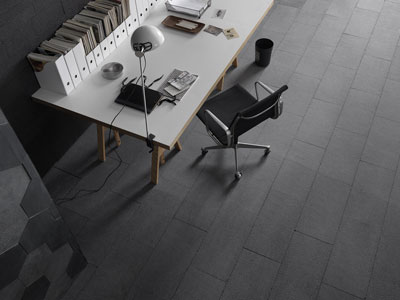 Slate is a highly versatile material with an infinite number of uses. Here are the most important ones:
Slate is a highly versatile material with an infinite number of uses. Here are the most important ones:
- Roofing - Slate rock is used in the construction industry to make roofing shingles and coverings. Slate is preferred over artificial covering materials for its unique physical and chemical properties, moisture resistance, wind resistance, good insulating capability and cold/chill resistance. Slate roofs can last hundreds of years. An example is the Westminster Hall in London, England, that was finished with a slate roof in the Thirteenth Century; the same roof stands as of September 2022.
Slate is ecologically sound, and its use does not harm the environment. There are various types of slate roof coverings, including triple, double, scales, French, triple rounded without corners and Abbadini.
- Flooring and Cladding - Slate is used for external flooring, internal flooring and cladding. Slate floors are commonly laid in outdoor porches, basements, bathrooms and kitchens. Internal slate floors are durable, versatile and elegant. They allow homeowners and interior decorators to create unique, one-of-a-kind environments.
Internal slate floors are available in a wide range of honed finished tiles, natural patterns (natural cleft) and colors, including green, black, gray, red and purple — accenting a space with unmatched style. Slate floors are durable, nonporous, and require little maintenance.
External slate flooring can be made with either random slate or slate tiles. Random slate comes in various shapes, such as trapezoids and parallelograms and offers a more natural look. Tiles make for a more finished-looking space.
- Landscaping - Slate rock is used in various residential and commercial landscaping projects for its weather-resistant and pollution-resistant properties. It is used to pave paths, surround swimming pools, cover outer walls, make risers and treads on stairs, and even for patios. Slate stone is chiseled to make fountains, used in both traditional and contemporary styles.
These are just a few examples, but the way slate can be used are utterly infinite. Take a look at our catalogue to find out more.
Slate interpreted by Artesia
 Artesia interprets the working of slate where normal production fails, through the application of modern machinery, the result of its precise know-how developed through the experience acquired in over 40 years of research.
Artesia interprets the working of slate where normal production fails, through the application of modern machinery, the result of its precise know-how developed through the experience acquired in over 40 years of research.
Thanks to technology, Artesia is able to transform a raw slate product into a perfectly calibrated product both in terms of size and thickness, which can therefore be easily applied to floors and wall coverings; Artesia can also offer a range of surface finishes that enhance the uniqueness of the product.
Artesia's slate products, made to measure, represent an additional service for the most demanding customer.
How to cut slate
Radial saws will cut the slate into appropriate shapes and sizes in two stages. First to the correct width and then to the desired length.
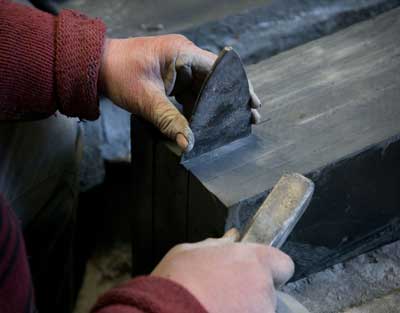 The blades used to cut the slate are diamond tipped for precision. Diamond is the hardest material known to man, meaning there’s little on the planet that it is not capable of cutting. It’s fair to say that each of these blades is extremely costly, but essential to producing accurately cut pieces of slate tiles for sale.
The blades used to cut the slate are diamond tipped for precision. Diamond is the hardest material known to man, meaning there’s little on the planet that it is not capable of cutting. It’s fair to say that each of these blades is extremely costly, but essential to producing accurately cut pieces of slate tiles for sale.
Each piece which was cut during the first stage is split by hand from the blocks created. The expert will split the block into separate pieces, halving the thickness until they reach the final product. Due to the delicacy of the material and this process, a lot of the slate is damaged, with 85% of the slate being unusable or spoiled.
Once the slate is split, the rives (the split slate with sawn edges) will go for dressing. This step is also where any other aesthetic details will be carried out, such as shaping tiles into different forms for more decorative laying.
How to clean slate
Among the many interrogations surrounding the correct use of this stone, there is undoubtedly the decisive question: how to clean the slate?
For ordinary washing of the floor, it is recommended to use a normal neutral detergent without rinsing. Artesia offers ARDT11, a specific cleaner for natural stone with a pleasant scented formula created ad hoc for Artesia. The stone can be easily deep cleaned from time to time through the use of steam.
In case of more aggressive dirt, such as in the presence of organic residues, such as wine, oil, etc. another product can be used: ARTM21 Artesia stain remover which acts in depth, partially penetrating the stone and removing the stain. Since it is a natural stone, even if the degree of absorption is almost zero, in some specific areas of application we recommend a treatment to be done only once after laying.
For slate bathroom and kitchen floors, we recommend choosing a suitable finish or applying ARAM41 water-based stain remover after laying.
For the slate shower interior, specific water-repellent treatments such as ARID61 are available in our catalogue.
Instead, a water-based liquid wax, ARCE31, is used to revive the color and protect the slate surface.
As you can see, Artesia aims to respond to every need with a vast catalog that includes not only the best qualities of natural stone, but also the cleaning products suited to their characteristics. Do you have any questions about it? Contact the Artesia sales office!
How to maintain slate
Wipe or leave your floor to dry, then you can finish it off with some slate oil.
Slate oil can help enhance the final appearance of your floor. Apply a thin layer with a soft cloth, but don’t soak the slate tiles, else they will begin to absorb the oil. Teak oil can also be used.
Your slate floor needs a regular clean to keep it in tip-top condition. It should be swept a few times a week and mopped once a week to keep it nice and clean. When your slate floor is clear of dust, dirt and debris, you minimise the risk of scratches occurring, so not only does a clean floor look great, but it will last longer.
At Artesia, we can provide you with a vast range of slates in a variety of colours and styles from quarries across the world, including right here in Italy.
If you’d like to learn more about our range of slates, do not hesitate to contact us!
